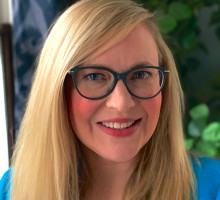
Reviews
I made my way through Private Spaces in Public Places, a collection of 'spatial case studies' by Laura Walikainen Rouleau...I was curious about the history of our restrooms, yes (I love restrooms), but I also had a hunch that there was poetry somewhere in these pages...This is a poem.
Uncovers the historical roots of our contemporary ideas of privacy, exposing how the architecture of new spaces like locker rooms and department-store changing rooms created privacy through exclusions based not only on gender but also on race, class, and age. A deft interweaving of social and architectural history makes us question our assumptions about the need for privacy and what privacy is.
Focusing on fitting rooms, public baths, comfort stations, and locker rooms, Laura Rouleau grapples with public privacy as an essential spatial and social construct of modern life. In doing so, she invites readers to rethink the public/private divide and contextualizes contemporary debates about how bodies both demand and subvert efforts to create privacy in public.
Book Details
Acknowledgments
1. Privacy in Public: How Did We Get Here?
2. Department Store Fitting Rooms: A Gendered Privacy
3. Public Baths: Cleansing the "Classed" Body
4. Creating Privacy in Public: Public Comfort
Acknowledgments
1. Privacy in Public: How Did We Get Here?
2. Department Store Fitting Rooms: A Gendered Privacy
3. Public Baths: Cleansing the "Classed" Body
4. Creating Privacy in Public: Public Comfort Stations
5. Learning Privacy: Public School Locker Rooms
Conclusion
Notes
Index






